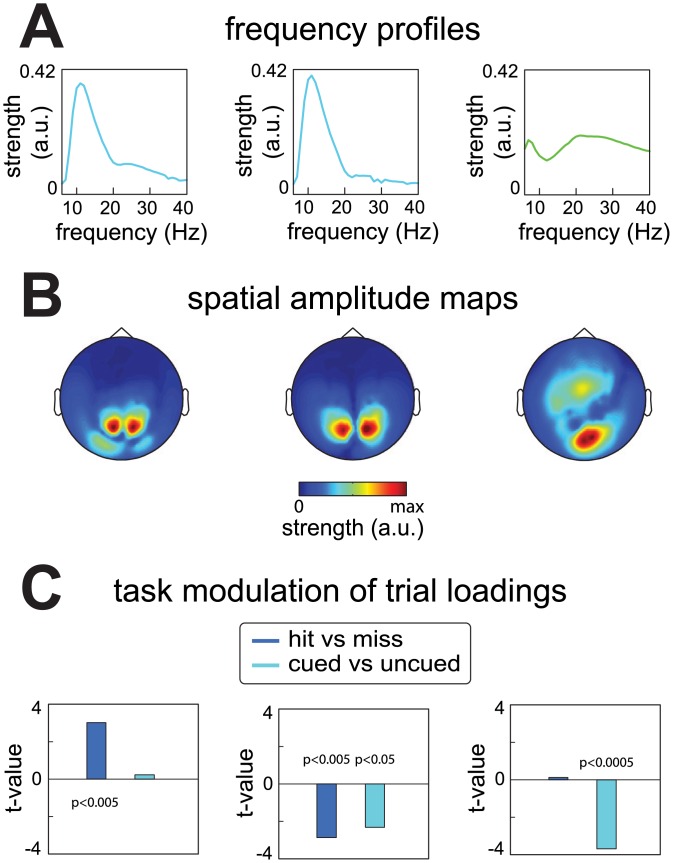Fig 7. Task modulation of neuronal activity revealed by the trial profile of components extracted from the representative subject.
Components reflect neuronal sources, and their strength in each trial is quantified by a single number, combined into the trial profile. These trial-level quantifications can be used to analyze neuronal activity as a function of the task at the level of components. We demonstrate this in three components from the representative subject. The three components were selected out of the 15 because they showed the strongest effects, and reflected two posterior alpha components, and one occipito-central/frontal beta component. A, frequency profiles of the selected components. B, spatial amplitude maps of the selected components. C, task-dependent activity of the components reflected by the contrasts expressed as t-values of independent samples t-tests. The first posterior alpha component was more active on hit trials then it was on miss trials (t(179) = 3.01, p<0.005), but did not differ as a function of attention (t(399) = -0.23, p>0.8). The second posterior alpha component was less active on hit trials than on miss trials (t(179) = -2.87, p<0.005), and was also less active on cued trials than on uncued trials (t(399) = -2.31, p<0.05). The beta component did not differ between hit and miss trials (t(179) = 0.12, p>0.9) but was less active on cued than on uncued trials (t(399) = -3.69, p<5*10^-4).

